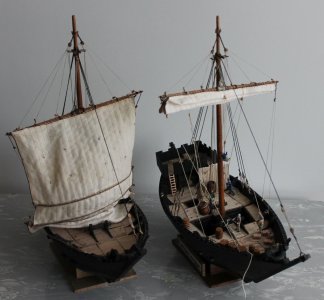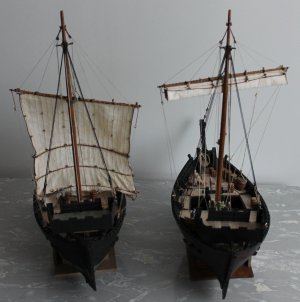Hi Jan,
O dear, I think this is what I would describe as a learning opportunity, one of the harder ones. I would doubt it means a complete scrapping just a bit of re-working.
Cheers,
Stephen.
O dear, I think this is what I would describe as a learning opportunity, one of the harder ones. I would doubt it means a complete scrapping just a bit of re-working.
Cheers,
Stephen.





